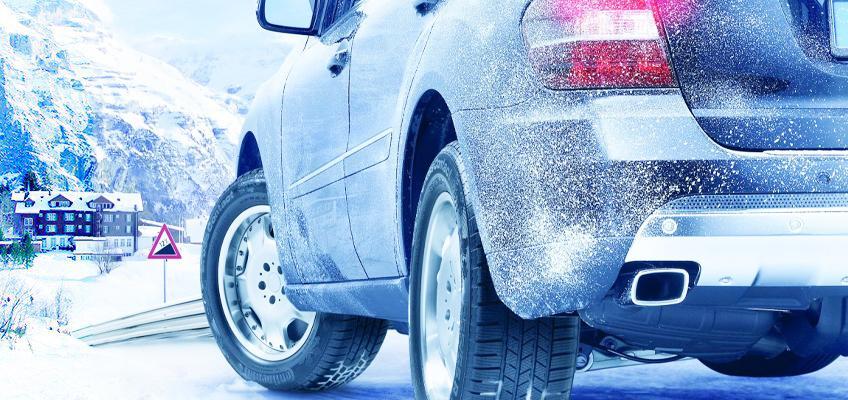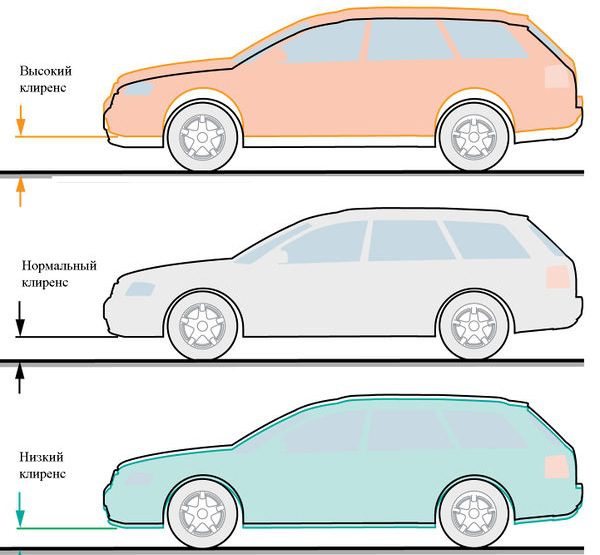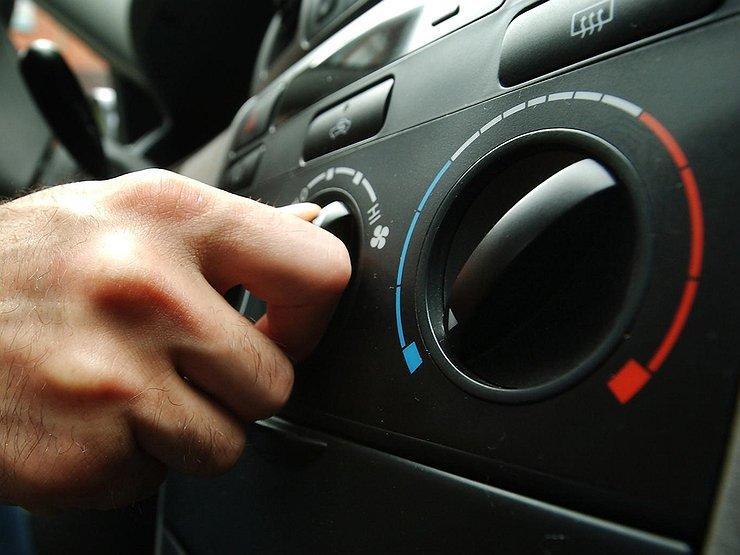
How to prepare a diesel engine for winter? Here is a set of helpful tips
 Modern diesel units are technologically very advanced, therefore, they require proper operation, especially in winter frosts. We remind you of a few basic rules.
Modern diesel units are technologically very advanced, therefore, they require proper operation, especially in winter frosts. We remind you of a few basic rules.
Diesel engines are more efficient than those running on gasoline - they convert much more of the energy generated by the combustion of fuel into mechanical energy than into heat losses. In practice, this means that a modern diesel engine heats up much more slowly than older generation or gasoline engines, therefore, without additional heating, it reaches the optimum operating temperature only after driving about 10-15 km. Therefore, diesels do not tolerate short routes, as this significantly reduces their durability.
See also: Ten things to check in the car before winter. Guide
- Starting at a temperature of minus 25 degrees Celsius is a real test even for a working unit. It is in winter that any negligence will make itself felt, so we must properly prepare for the upcoming difficult weather, says Robert Puchala from Motoricus SA Group.
What to look for?
One of the most important elements of a diesel engine are glow plugs, whose task is to heat the combustion chamber to a temperature of approximately 600 ° C. spark in a gasoline engine, so bad glow plugs can prevent the car from starting.
The most common problem that makes it difficult to start, but also often causes a diesel engine to stop after a few minutes of operation, is the lack of fuel supply. When diesel fuel flows through the micropores of the fuel filter at low temperatures, wax is deposited, which effectively blocks the flow. For this reason, the fuel filter should be replaced before frost sets in. However, if we do not decide to do this, do not forget to remove the water from the filter decanter so that an ice plug does not form.
See also: Volvo XC40 already in Poland!
Another very important component in diesel vehicles is the battery. Many users forget that batteries also have their limitations. For example, in a commercial vehicle manual, we can read about two versions:
a/ Guaranteed launch up to -15 degrees C,
b / start guarantee up to -25 degrees C (version with a flame candle and two batteries).
To facilitate the operation of a diesel engine, it is also important to fill it with fuel adapted to negative temperatures. Diesel fuel additives, so-called pour point depressants, can be bought at automotive stores to reduce the cloud point of the fuel. These reagents are effective in reducing filter fouling temperatures by 2-3°C, but on condition that they should be added before any problems occur, i.e. to the concentration of paraffin crystals.
Drivers often try to improve the properties of diesel fuel themselves by adding low-octane gasoline, kerosene or denatured alcohol to it. Currently, most car manufacturers recommend the use of diesel fuel in accordance with EN590 and do not accept any chemical additives due to possible damage to the injection system. The only reasonable solution is fuel filter heaters, and in case of extremely low temperatures, also the fuel tank and supply lines. Therefore, before buying a diesel car, it is worth checking whether it is equipped with such a solution. If not, then we can buy such a device on the market. It is easy to install and efficient to operate.
But what to do when the problem has already arisen and the car refuses to cooperate and does not start? What remains is a warm garage - at least for a few hours or temporarily, a device that blows warm air, directed under supervision towards the fuel filter, to dissolve the accumulated paraffin. You should also remember that every cold start of the engine causes its wear, equivalent to several hundred kilometers of driving on the highway! So before you decide to start a frozen engine to make a short trip, consider traveling by public transport.

